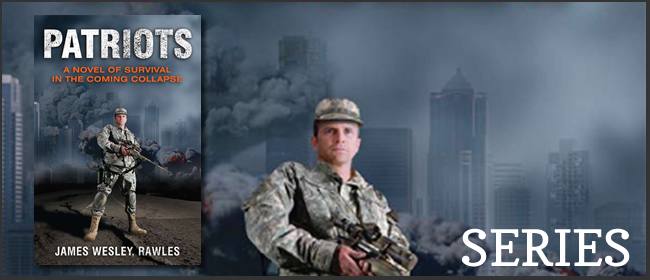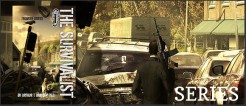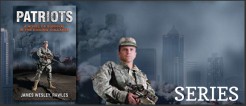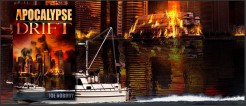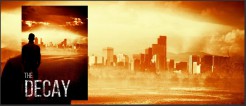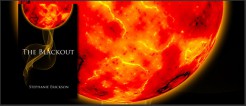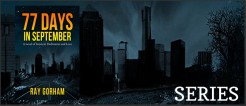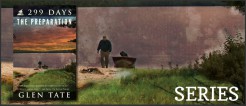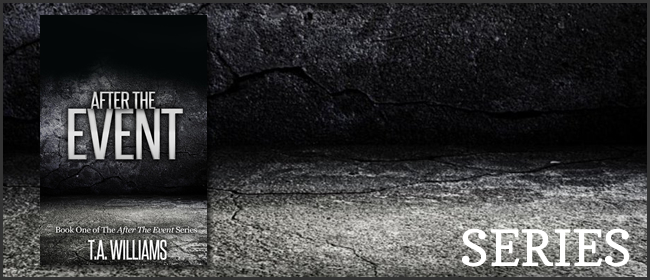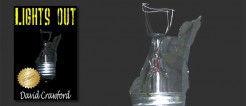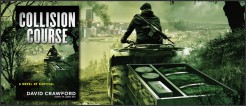- Buy The Patriots: A Novel of Survival in the Coming Collapse (Kindle) – BOOK ONE
- Buy Survivors: A Novel of the Coming Collapse (Kindle) – BOOK TWO
- Buy Founders: A Novel of the Coming Collapse (Kindle) – BOOK THREE
- Buy Expatriates: A Novel of the Coming Collapse (Kindle) – BOOK FOUR
- Buy Liberators: A Novel of the Coming Collapse (Kindle) – BOOK FIVE
This series by survivalist expert James Wesley Rawles is on the must read list of many preppers. The series follows people as they struggle to adapt to the “new normal” without easy access to supplies. Some of them are preppers, so they are better prepared to handle the crisis, while others are woefully unprepared to handle the changes, despite warning signs that the economy was about to collapse.
When the Dow Jones average had slumped its first 1,900 points, Todd Gray made his “mobilization” calls to the six members of his retreat group still living in the Chicago area. He followed up with a multiple-addressee e-mail message. There was no need to call Kevin Lendel.He had been coming over for dinner and extended conversations for the past three evenings. Most of the group members agreed to attempt to make their way to the Grays’ home in Idaho as soon as possible.
This is one of the best novels in the genre for those really looking to learn about what they should be doing now for the time when disaster strikes. Many of the lessons are great lessons regardless of whether the SHTF situation is EMP, financial, technological failure, or just about any kind of disaster that will result in the breakdown of society in any country – in this series, it is referred to as “The Crunch”. And if you think you know what it takes to survive, you will probably discover a lot of things you didn’t even think of. Sometimes the description in these “teaching moments” gets a bit bogged down, but the amount of knowledge passed through more than makes up for it.
There are a ton of characters, and many of them you will be able to revisit later in the series, which is really nice for those who have invested time in these characters. There are moments you will be reading and think “wait a minute, is this the same guy from the last book who did XYZ?” and chances are it is! With so many characters though, the story can sometimes get slow going as we learn backgrounds of the characters. They also bring colorful dialogue along with them.
Most of the coffee—all except for a small “emergency” reserve—ran out in January. Lisa Nelson was the one most vocal about it. As she was making one of her last cups of coffee with a miniature packet of Taster’s Choice that she’d scrounged out of an MRE, she quipped, “I was mentally prepared for a world without electricity, or refrigeration, or gasoline. I was ready for the rioting, the worthless greenbacks, and the umpteen uncertainties. But life without French Roast? Now that’s a tragedy of epic proportions.”
One bonus about this series is that the novels happen simultaneously, rather than being true sequels. While characters make appearances in multiple novels, these books aren’t chronological like many sequels are, following the same set of characters from beginning to end. This means you can pick up any of the novels and read in any order, or you can start from the beginning – you may enjoy this approach simply because of the characters that make later guest appearances in subsequent books.
While most of the action takes place in the US, one of the sub-plots takes place in Afghanistan which serves as a nice counterpoint, and also gives some perspective of what is happening in the US that the other characters aren’t necessarily “in the know” about. The fourth book Expatriates also ventures to Australia and the Phillipines. In the fifth book, Liberators, much of the plot takes place in Bella Coola, British Columbia, Canada, giving Canadian fans a nice perspective of this kind of situation in Canada.
It also goes into great detail into what causes The Crunch in this series. The financial information and how the economy in the US could collapse will definitely get many people really thinking about the possibility that this could really happen, something which the author of the series feels is inevitable.
When the Crunch came, it did not arrive without warning. By the turn of the century, Federal spending was out of control, and the debt and deficit problems were insurmountable. By 2008, with the global credit market in freefall, bank runs and huge Federal bailouts were becoming more frequent. Collectively, the bailouts were a massive, unstoppable hemorrhage of red ink. The debt and deficit numbers compounded at frightening rates. But it was too agonizing to confront them, so they were ignored. A report by the Congressional Budget Office was alarming. It said that just to pay the interest on the national debt for the year, it would take 100 percent of the year’s individual income tax revenue, 100 percent of corporate and excise taxes, and 41 percent of Social Security payroll taxes. Just before the Crunch, interest on the national debt was consuming 96 percent of government revenue.
Later books in the series go into detail about rebuilding society and the government, as everyone – and the country – attempts to recover from The Crunch.
- Buy The Patriots: A Novel of Survival in the Coming Collapse (Kindle) – BOOK ONE
- Buy Survivors: A Novel of the Coming Collapse (Kindle) – BOOK TWO
- Buy Founders: A Novel of the Coming Collapse (Kindle) – BOOK THREE
- Buy Expatriates: A Novel of the Coming Collapse (Kindle) – BOOK FOUR
- Buy Liberators: A Novel of the Coming Collapse (Kindle) – BOOK FIVE
